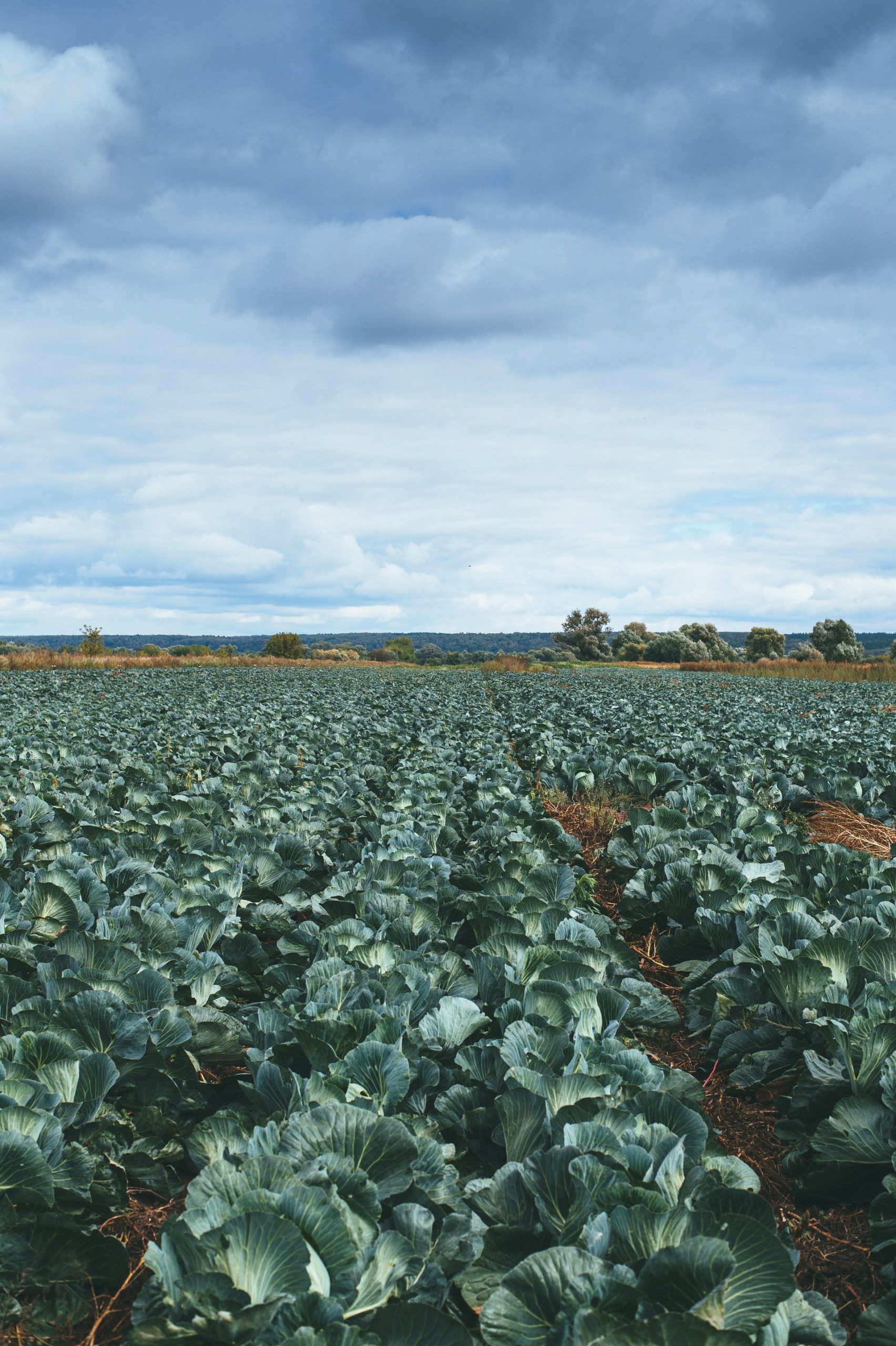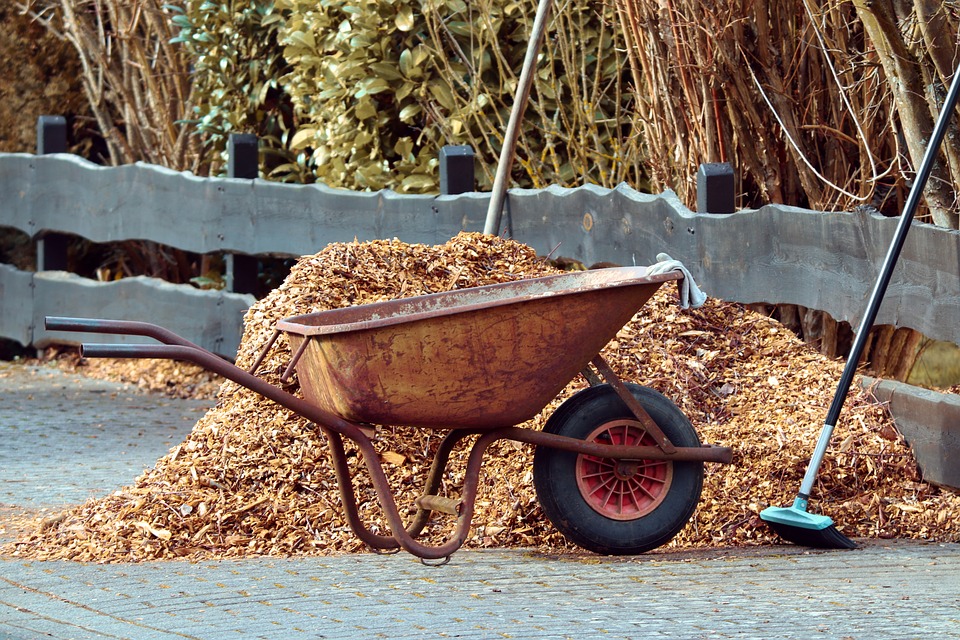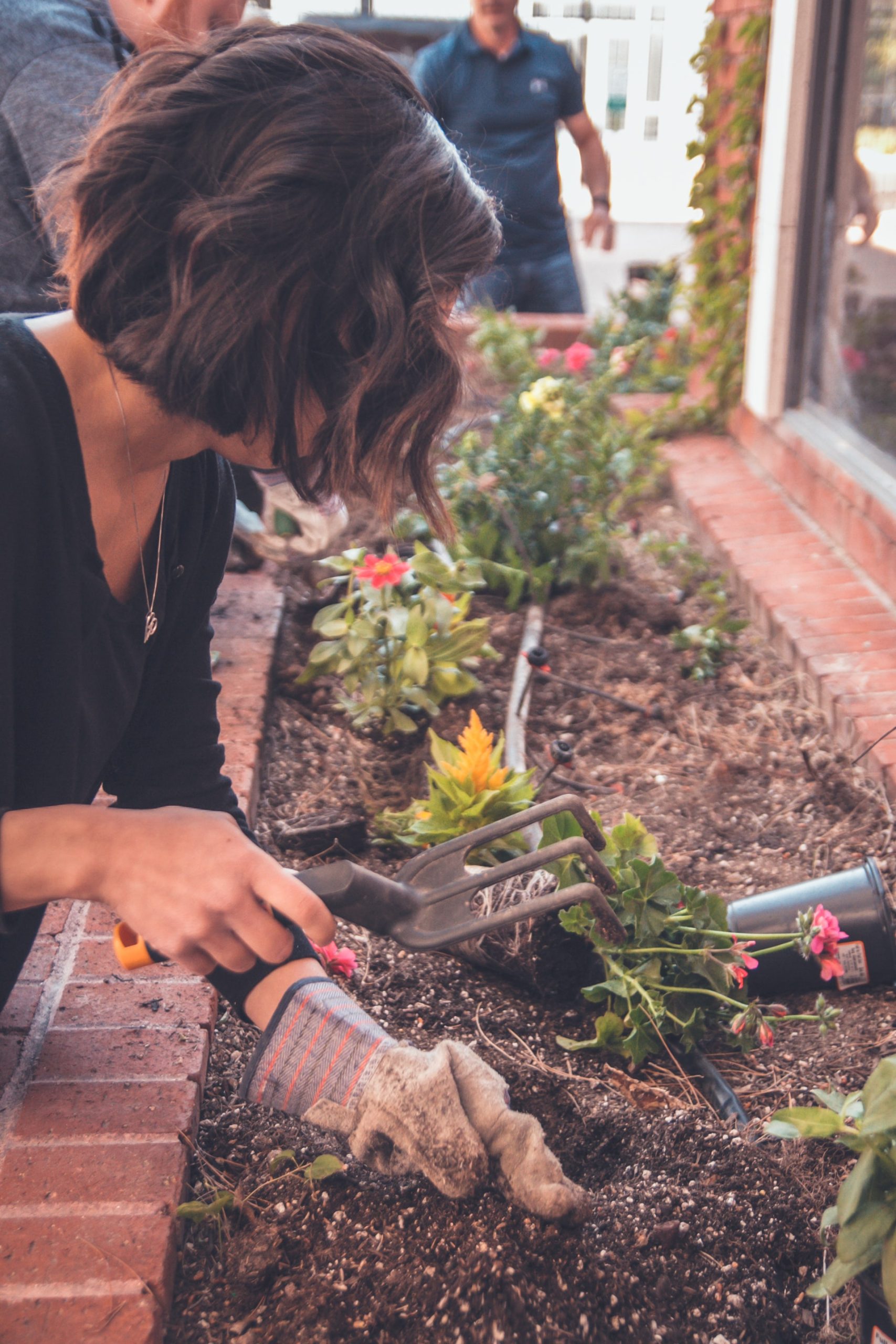With a greenhouse in your yard, you can garden all winter long and grow tropical plants seasonally. You can choose a cold climate greenhouse, a warm climate greenhouse, or a greenhouse with greenhouse heating. The beauty of greenhouse heating is that you can adjust the temperature independently and match it to the plants in the greenhouse. Learn more about the different greenhouse heating methods.
How Warm Is a Greenhouse in Winter?
The desired temperature in a greenhouse depends on its intended use. Some greenhouses are suitable for overwintering moderately hardy plants, others for gardening longer, and others for gardening tropical plants in winter in a warm greenhouse.
Cold greenhouses: not suitable for winter growing because they are not heated, but provide rain and wind protection, extend the gardening season, and allow overwintering of plants that are not cold hardy.
Low-temperature greenhouse: does not get below 4.5°C (39.4°F), so it can extend the gardening season and is ideal for overwintering plants.
Greenhouse: temperatures between 10°C and 13°C, can significantly extend the garden season and is suitable for cultivation.
Greenhouse: can maintain a temperature of 16°C or higher and is used for tropical plants.
Keep the Greenhouse Frost-free
The first step in keeping a greenhouse warm and frost-free is to insulate it. This is because if the insulation is poor, the heat in the greenhouse will dissipate quickly. Insulating the greenhouse will reduce the amount of combustion and save on energy costs. One easy way to protect a greenhouse is with a wall greenhouse, which uses walls to retain and insulate heat.
Excavated greenhouses are often well insulated due to the warmth of the ground and its insulating properties. Polycarbonate greenhouses are often double-walled for better insulation. When insulating a glass greenhouse, it is recommended to cover it with a pouch that provides good insulation and does not block light.
What Types of Greenhouse Heating Are Available?
There are many different types of heating systems available to heat a greenhouse. The best is thermostatic heating, which allows you to precisely regulate the greenhouse’s temperature and adapt it to the plants. Don’t have a thermostat to heat your greenhouse? You can use a weather station to control the temperature. The following options are available for heating greenhouses:
- Kerosene heaters
- Electric stoves
- Bottom heating
Kerosene Heaters
Kerosene heaters heat greenhouses by burning kerosene. These heaters are easy to install and are ideal when there is no electricity nearby. Kerosene heaters are safe and inexpensive, but they do not have a thermostat.
Some have a chimney-like structure to distribute the heat better. They must be refilled with white kerosene from time to time. Other fuels can be harmful to plants. Kerosene heaters also produce steam, so they should be well ventilated.
Electric Heaters for Greenhouse Heating
Electric heaters and warm air blowers are the most effective way to heat a greenhouse. Electric heaters are thermostatically controlled, making it easy to adjust the proper temperature inside the greenhouse. They are also easy to move and ensure air circulation, reducing the mold risk. Electric heaters come in a variety of shapes, sizes, and prices.

Using Greenhouse Bottom Heating
Heating the bottom of the greenhouse has many advantages. Bottom heating cables or shallow bottom heating mats can be used. Soil heating cables are placed in the soil and can heat the soil to 8°C to 12°C. Heating mats and heating pads provide perfect heat distribution and are ideal for growing seeds and propagating cuttings. These heating mats promote seed germination and rooting and waste less heat. Seeds germinate faster and are harvested more quickly in greenhouse farming.
Share your thoughts with us in the comments below!





